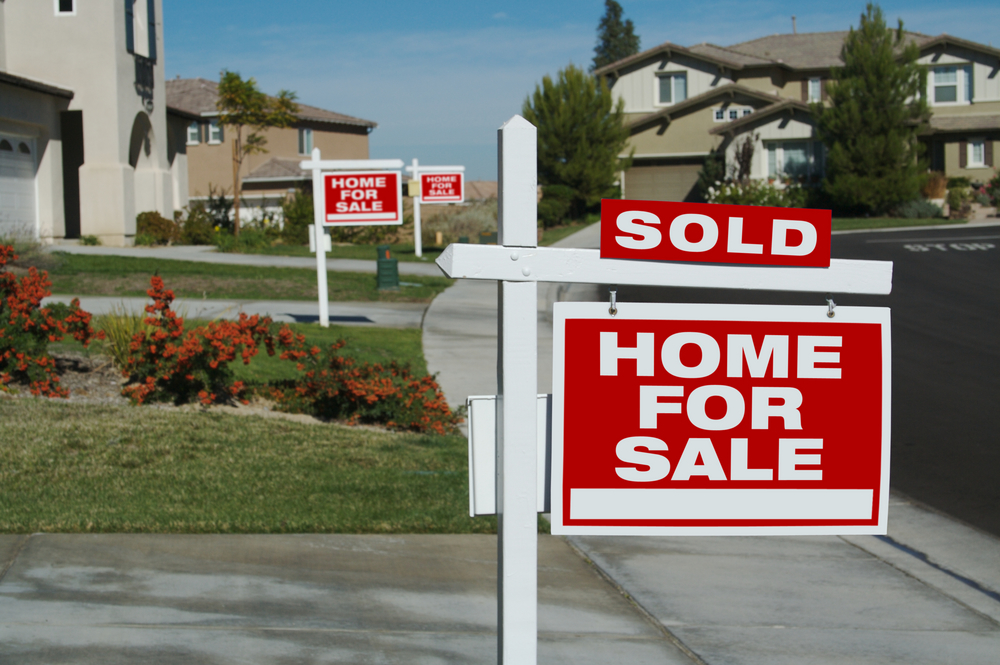Comparable sales are the first thing you need to look at when considering a property to buy. These are properties that have sold in the immediate area of the house you are interested in. If the numbers are right, you can proceed and make an offer. Looking at the wrong information can lead to making a bad offer, and getting stuck with a property you don’t really want. How and where you find your information often makes all the difference. Technology has made it easy to find out almost anything you want to on a property. It is important that you take the time and look at the right information. Looking at the right comparable sales directly leads to buying better properties. There are four main components in evaluating comparable sales. If you are off in any one of these areas, you will end up making an offer that you regret.
The 4 Components of Comparable Sales:
- Location: Everyone who has ever bought or sold real estate has heard the same thing: location, location, location. After all, San Diego is certainly different from Houston. However, location is used in more than determining where you might want to live or the cost of homes in an area: it can be used to adjust the price of comparable sales. The closer you are to the subject property, the more reliable a sale can be. Conversely, the farther you move away, the weaker it becomes. A lot can change in a neighborhood in a matter of just one mile. Two properties may have the same zip code, but be completely different in almost every other way. To get the most realistic value, you need to think like a buyer. Would an end-buyer look at the same comparable sale you are? If you are over a mile out from the subject property, odds are they aren’t. Once you go over half a mile out, the comparable sale starts to weaken. Even properties on the same street can exhibit significant differences. If one is on the busy end of the street, it should not be viewed in the same light as one on the quieter side. It is not enough to have the address. You need to know everything about the location.
- Age: How long ago a comparable sale took place can make a difference. While it may be a perfect match, older sales are harder to use as a barometer. The real estate market has undergone plenty of swings in the past few years. Think back to where the market was just ten years ago, and where it is today. It was certainly a wild ride filled with plenty of shifts. What happened seven years ago provides no estimate of today’s value. The longer you are away from a sale, the less reliable it is to you. As with location, you need to look at the most up-to-date information available. A transaction that happened last week gives you a pretty good idea of what someone is willing to pay. A sale nine months ago is still useful, but not nearly as telling. If there is a sale within 90 days, you can confidently use it. That should be your benchmark. There may be a sale that fits the subject property, but the further away from when it closed, the less reliable it is to you.
- Similarity: When looking at comparable sales, it is important to compare apples to apples. A three-family house 100 yards from a single-family property would not hold the same value. It has been said that no two houses are exactly alike. The key to property valuation is to find similarities that make sense. Size, style, square footage, age and bedroom count are all features that you can compare. Things like a pool or a deck will add value, but not as much as a bedroom or bathroom will. It is important not to add value to items that appeal to you ,but may not appeal to all buyers. If you stick to basics – such as total room count and square footage – you are on the right track.
- Condition: With the increase in short sale and foreclosures, it is important to look at the condition of the property. Almost all bank owned properties are sold “as-is.” This means that the buyer purchases the property knowing that there may be work needed. For this they often pay a reduced price. If you or your realtor don’t look at the listing history, you may see a low sales price and place a value on it. Some properties are sold missing pipes or in need of a new bathroom. This has a direct impact on the value and every other sale in the area. The listing will indicate the condition and if the property is being sold “as-is.” From there you can estimate the repairs and place your own value on the home. In today’s market, not every property is sold in perfect condition.
Value is the estimate of what someone will pay for something. You have a much better chance at hitting your number if you use the right comparable sales. The appraiser will place their own value on adjustments to come up with their own number. Looking at comparable sales isn’t just an extra step to make sure you are getting a good deal. It can make all the difference in a successful deal and one that you lose money on.
